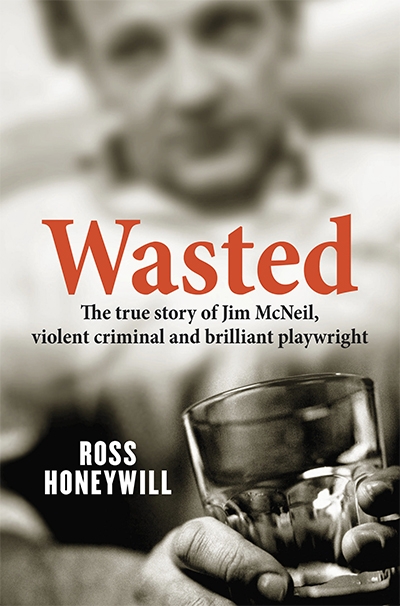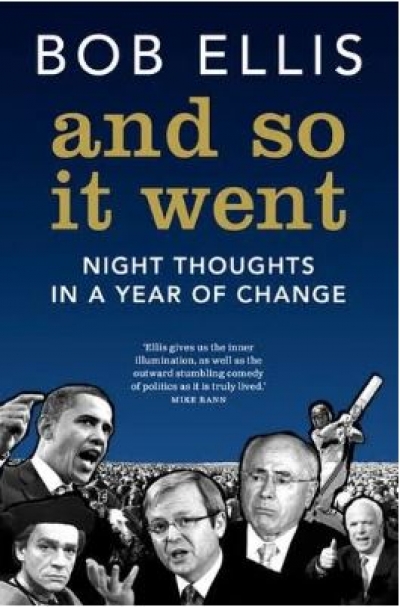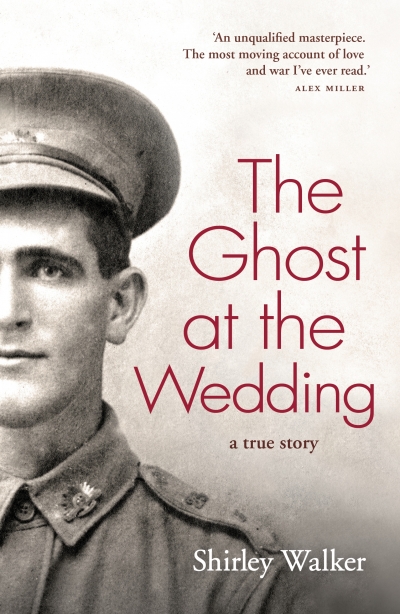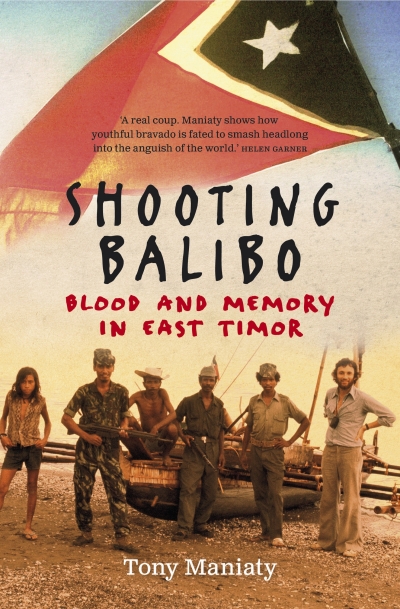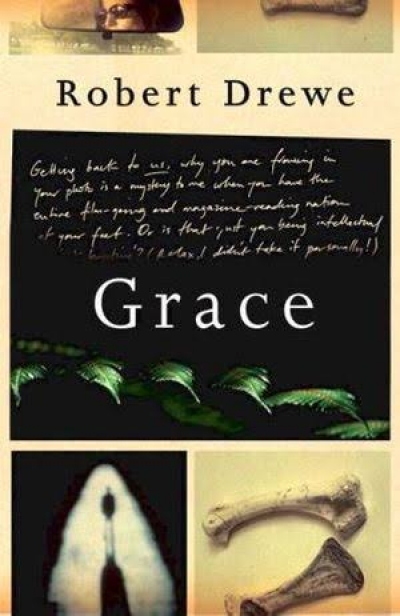Viking
Wasted: The true story of Jim McNeil, violent criminal and brilliant playwright by Ross Honeywill
by Murray Waldren •
And So It Went: Night thoughts in a year of change by Bob Ellis
by John Byron •
The Ghost at the Wedding: A true story by Shirley Walker
by Brenda Niall •
Shooting Balibo: Blood and memory in East Timor by Tony Maniaty
by Jill Jolliffe •
Ten Little Fingers and Ten Little Toes by Mem Fox, illustrated by Helen Oxenbury & Enigma by Graeme Base
Nolan on Nolan: Sidney Nolan in his own words edited by Nancy Underhill
by Damian Smith •

